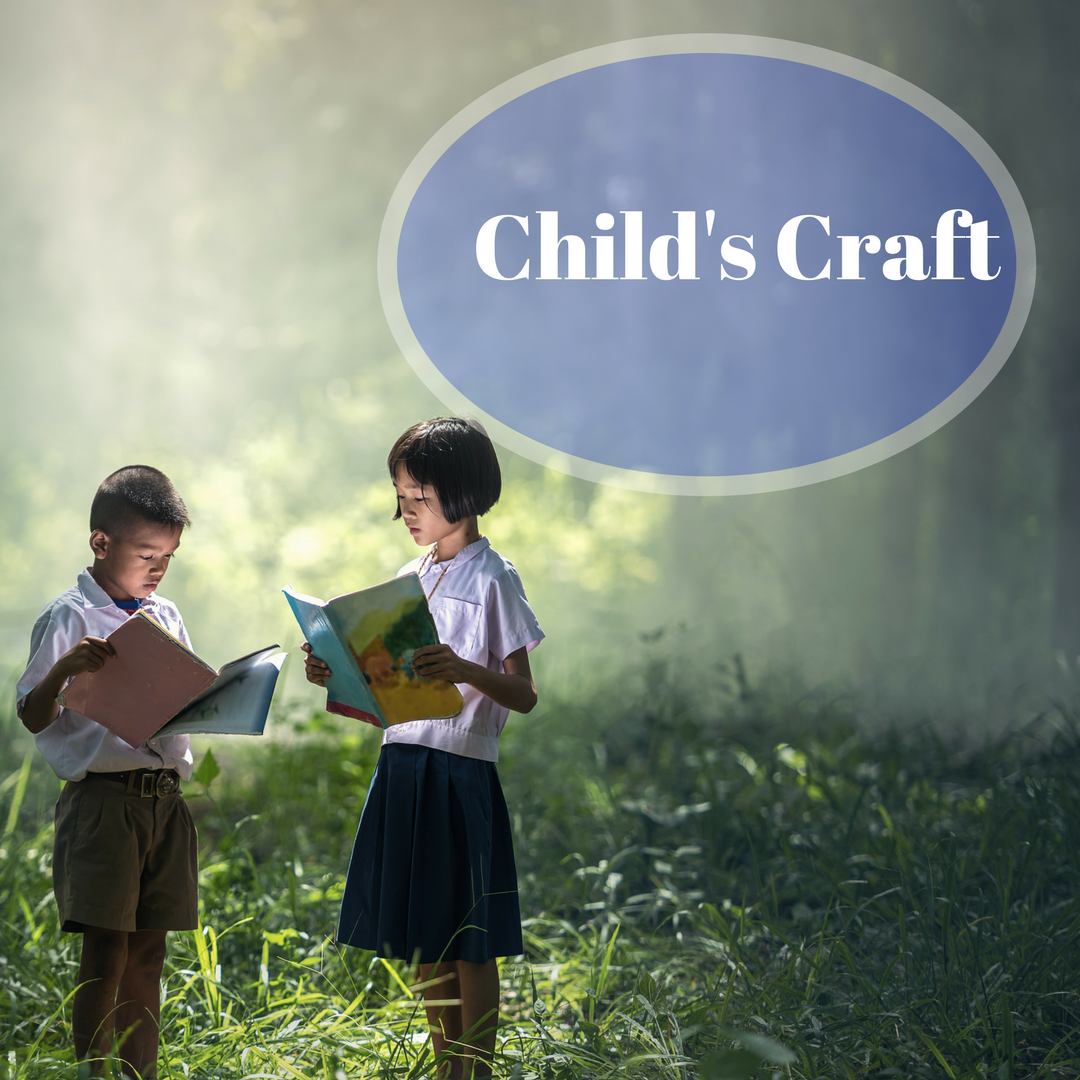When I was in India recently, our team leader told of an Indian child who asked her if the streets in India were anything like the streets in America. Umm. No. Not one street in India resembled any form of a street in America. She explained that we don’t generally have men walking their oxen, camels or goats down the streets in America. At which point the child quickly asked, “Then where do you walk your goats?”
Where do we walk our goats, indeed! That is a question a children’s writer needs to ask.
What would happen if a shepherd walked his goats through the streets of San Francisco? What might Los Angeles look like if a woman rode her camel down the boulevard? What if a farmer’s pigs got loose and wandered through Macy’s in New York? Would they try on the dresses, shoes, jewelry? Ride the escalators up and down?
Why might a shepherd even end up on a street of San Francisco? Well, his goat was sick of course and he’d heard that an ingredient in sour dough bread could cure his sick little goat. Or maybe he was chasing his dream of becoming a chef and making the best clam chowder. He was done being a shepherd. Play around with your idea until you find the story, the goal, the lesson, the mystery. Was the shepherd following a suspect whom he thought had been poisoning his goats? What brings him to San Francisco? How can he get there? Then what happens? Do others help him achieve his goal? Is he ridiculed? Is he forbidden from bringing his goats, then how will he ever find the cure? His goat is dying! Each minute counts!
Children’s writers seem to ask the question, “What if?” And a story is born. What if a man placed gold tickets in candy bar wrappers as tickets to visit his chocolate factory? What if a boy was actually a wizard and attended a wizard school? What if a man was bitten by a spider and took on spider qualities and could sling himself across buildings with his silk webbing?
Thinking differently is what creates amazing stories. What was a little lamb thinking when he saw Jesus born? What other animal could have been present? How could they make a difference? What would it have been like being in the garden when Jesus arose from the dead? What did the giraffes see from their point of view on the Ark? Or a slug’s point of view? Was he being trampled? Ridiculed for being invited on the cruise? Did he feel stomped on? Did this little slug matter in the scheme of things?
We don’t always need to know where a story is going from the onset. Ask the questions and pursue it. See if an interesting, amusing, or sweet story emerges. Other stories may blossom far different from your original story, but ones that may not have even budded had you not started with the first idea.
Be observant in your world. Listen for interesting comments. Watch for strange ideas, or new slants to established concepts. Twist it around. Ask the ‘what if’ questions and run with it. Have fun on the journey! Create a new world for children. Take them to new places. Help them view normal things in a fresh way. Open up their world of dreams, stretch their imaginations. Take them deeper, higher, swifter, slower. Show them a new side of Jesus, an amazing side of God. A new truth in a fashionable way.
There is nothing new under the sun. But as writers of children’s stories, it is our goal, our adventure, our desire to create new twists and slants to common entities. So roll up your sleeves, put on your specs, and jump in with both feet. But watch where you step, there may be goats out there.





 We love helping your growing in your writing career.
We love helping your growing in your writing career.

No Comments